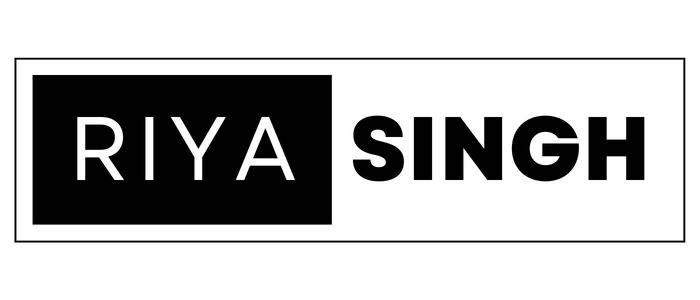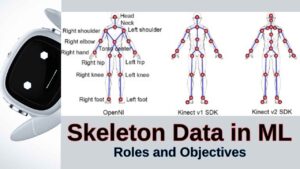In light of its uses in security, authentication systems, and user Interaction platforms, face recognition technology has attracted a lot of attention lately. For face detection and recognition in one of my projects, I experimented with a hybrid technique that used the VGG-16 model and MTCNN (Multi-task Cascaded Convolutional Networks). This article explores the architectures of these models, how they are optimized for best performance, and how they cooperate to produce effective face recognition.
Recognizing VGG-16’s Function in Face Recognition
Popular deep learning architecture VGG-16 is renowned for its efficiency and ease of use. It comprises of 16 layers, mostly composed of convolutional layers followed by fully linked layers. VGG-16 is a popular picture classification algorithm that can be optimized for face recognition because of its resilience.
Regarding facial recognition:
-> VGG-16 pre-trained on ImageNet: To start, I used VGG-16, which has already been pre-trained on the ImageNet dataset and provides a strong base for transfer learning. The model is able to identify low-level features, like edges and textures, which are crucial for face identification thanks to the pre-trained weights.
-> Customizing the Final Layers: I replaced the final fully connected layers with a new set of layers appropriate for the number of individuals (classes) in the dataset, as VGG-16 is mostly trained for 1000-class object classification. The model can now concentrate on detecting faces from the dataset thanks to these additional layers.
The network is then retrained on the face dataset to accurately classify certain persons following this customisation. I picked categorical cross-entropy as the loss function for face recognition tasks since it works well for situations involving multiple classes in categorization.
Incorporating MTCNN for Face Detection
Identifying faces in various lighting and orientation scenarios is one of the difficulties associated with face recognition. Multi-task Cascaded Convolutional Networks, or MTCNNs, are useful in this situation. MTCNN is a face identification specialized network that is well-known for its capacity to identify faces with a wide range of sizes, angles, and expressions.
What makes MTCNN unique?
The three networks that make up MTCNN—P-Net, R-Net, and O-Net—are designed to gradually improve the face detection procedure. It can identify faces with great accuracy even in challenging situations like changing lighting or partial occlusion thanks to this network cascade.
For my project, I first employed MTCNN to identify faces in an image or video frame, and then I fed those faces to the VGG-16 model so that it could be recognized. The performance of both detection and recognition is enhanced by this two-step procedure. MTCNN outputs the bounding box coordinates of detected faces, which are then cropped and resized to fit VGG-16’s input size.
Workflow of the Combined System
The two main phases of the system’s workflow are face recognition using VGG-16 and face detection using MTCNN.
- Face detection: MTCNN extracts bounding box coordinates and facial landmarks after scanning the input image or video stream for faces.
- Face Preprocessing: The identified faces are scaled and cropped to 224 x 224 pixels, which is the minimum needed input size for VGG-16.
- Face Recognition: The VGG-16 model receives the cropped faces and uses them to classify the faces into one of the pre-established classes (individuals).
- Post-processing: The identified identification is shown or recorded based on the output of the VGG-16 model.
Fine-tuning for Improved Performance
To guarantee that the model adapts successfully to the face dataset, I performed the following techniques:
- Transfer Learning: The basic layers of VGG-16, which had already been pre-trained on ImageNet, were frozen, and only the top layers were trained from scratch. This method keeps accuracy high while cutting training time drastically.
- Data Augmentation: I used data augmentation methods like rotation, flipping, zooming, and brightness modifications to broaden the variety of training data. This improves the model’s ability to generalize to faces that aren’t observed.
- Dropout Layers: To avoid overfitting and guarantee that the model learns generalizable patterns rather than memorization of the training set, dropout was implemented in the fully linked layers.
Challenges and Solutions
- Variations in Illumination: It was more difficult to identify and detect faces under various lighting situations. This was lessened by using data augmentation to introduce various illumination conditions during training.
- Real-time Processing: For real-time facial recognition applications, the system’s speed was initially a concern. I was able to raise the system’s efficiency by applying methods like batch processing and model optimization.
My project obtained a high degree of accuracy and robustness in face recognition tasks by merging MTCNN for face detection with VGG-16 for face recognition. Effective detection and recognition are guaranteed by this hybrid technique, especially in difficult situations like shifting lighting and occlusions. By optimizing these models and utilizing transfer learning, I was able to create a functional face recognition system that can be extended for real-time use.
These two models work together to demonstrate the potential of deep learning in biometric applications and pave the way for the development of more sophisticated, practical facial recognition systems.
View the Github with the project I worked upon under this project in Taiwan.



